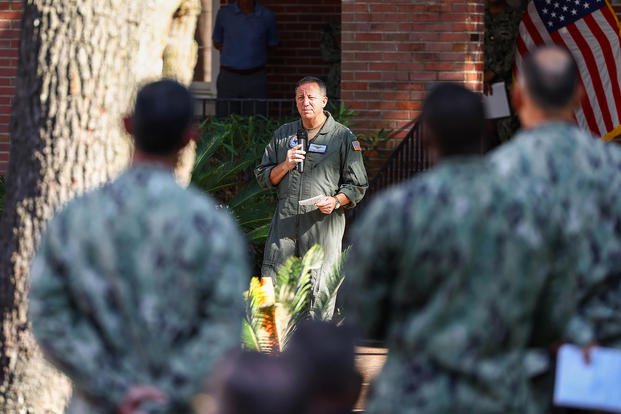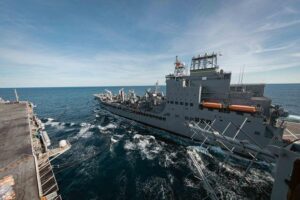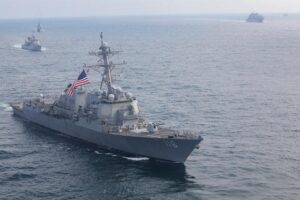The Navy’s pre-boot camp initiative, designed to assist recruits in meeting the required physical and academic standards, has proven its worth over its two-year span. Navy leaders, recognizing its success, are eager to see it continue.
“I want to maintain it,” said Rear Adm. Jeffrey Czerewko, head of Naval Education and Training Command, in a recent interview with Military.com.
The Future Sailor Preparatory Course (FSPC) began in spring 2023 as a response to recruiting shortfalls, partly due to the COVID-19 pandemic. Its goal is to support recruits who initially fall short of the necessary academic or physical standards, by providing up to 90 days of intensive training to meet those requirements.
Following the Army’s lead, the Navy implemented the FSPC to address the challenges faced in recruiting. The program’s impact was significant, helping the Navy achieve its recruiting targets last year.
According to Cmdr. Stephanie Turo, over 5,000 recruits attended these prep courses, with the majority focusing on academics. The Navy’s recruiting goal of 40,600 recruits in 2024 was surpassed, reaching 40,978.
While meeting recruiting goals is crucial, Czerewko emphasizes the program’s broader value: enhancing recruits’ capabilities so they can serve effectively in desirable roles. “Anytime I can increase the performance of a human being, it’s better for the Navy,” he stated.
The program’s effectiveness is under review, with data showing recruits from the FSPC outperform their peers in basic training. In 2024, only 1.6% of these recruits dropped out compared to a 10% dropout rate among regular recruits.
Academic Challenges and Adjustments
The FSPC also focuses on improving recruits’ scores on the Armed Forces Qualification Test (AFQT). Initially accepting “Category IV” recruits, the Navy aimed to elevate 75% of them to “Category III” status or higher. However, they achieved only a 62% success rate, prompting adjustments to entry requirements.
Throughout 2024, the minimum AFQT score needed to enter the program increased progressively, aiming for higher success rates. These changes reflect the Navy’s commitment to refining the program for better outcomes.
The academic program saw a dropout rate of about 33.95% before boot camp, with 23.3% due to academic reasons. However, those who completed the program had a lower dropout rate of 0.7% during boot camp.
Evaluating Long-Term Impact
Czerewko acknowledges the need for more data to assess the long-term impact of the FSPC on recruits’ performance in the fleet. Currently, there isn’t enough visibility beyond the initial 180 days of training to determine long-term success.
Efforts are underway to track recruits’ progress through more extended training programs, ensuring they are well-prepared for their roles. The program continues to evolve, with new initiatives like involving officers in the training process to enhance leadership and mentoring skills.
Czerewko, who has a personal connection to the Navy, emphasizes the importance of providing well-trained sailors to the fleet. “I’m in the Navy, clearly. My wife was in the Navy. I’ve got five kids in the Navy. … I care so much, so much about who they’re working with,” he expressed, highlighting the personal nature of his mission.










